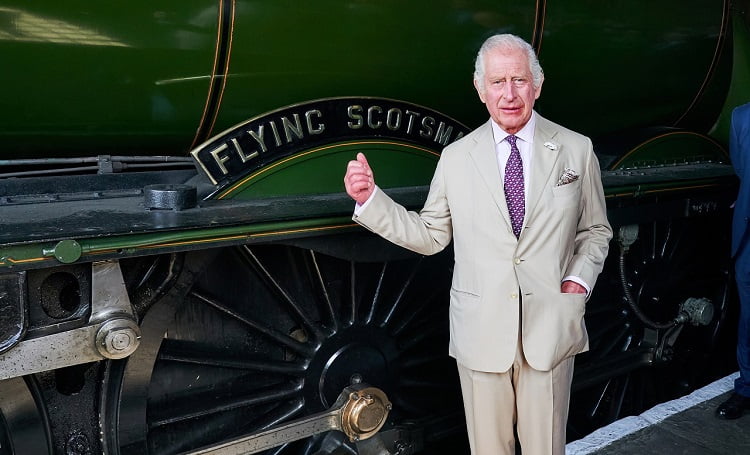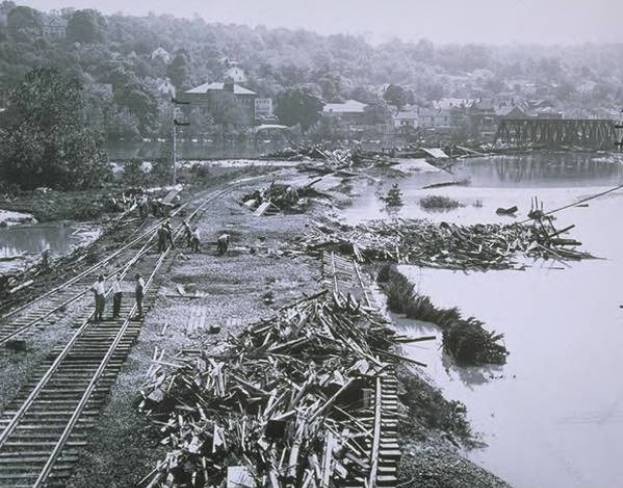King Charles Poses on the Footplate of the Flying Scotsman
"The monarch, a longtime lover of trains, visited Yorkshire to celebrate the 100th anniversary of the famous steam locomotive that became a British icon due to its speed."
"More than 100 years ago, the Flying Scotsman was introduced as the first steam locomotive on the fledgeling London & North Eastern Railway, and eventually became an icon in British culture after it became the first UK locomotive to reach 100 mph in 1934. To celebrate its centenary,
King Charles III visited Pickering Heritage Railway Station Monday, where posed for photos on the locomotive’s footplate. During his visit, he spoke to volunteers who run the North Yorkshire Moors Railway, a heritage rail line that has ferried tourists around the region for the last 50 years."
"The king arrived in Pickering on the royal train, which was pulled by the Flying Scotsman into the heritage railway station.
In 2013, he told an onlooker that he has loved trains since he was a child, and he is
said to ride in the cab along with the conductor when he can. He has also made multiple visits to the National Railway Museum in York, where he has celebrated milestone anniversaries for other famous trains and railways."
(READ MORE)









